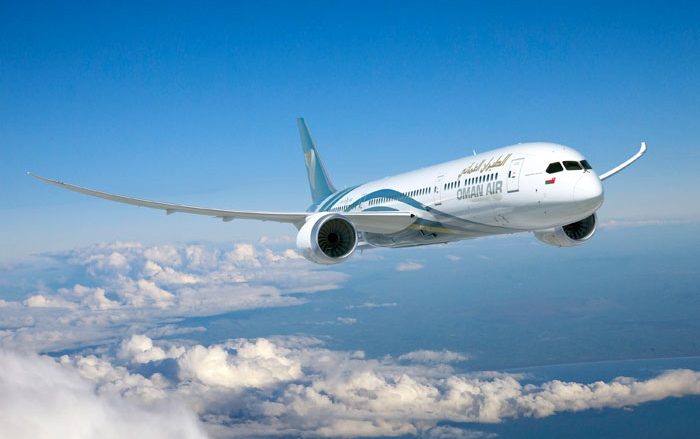When it comes to landing a job as a member of cabin crew, demand most definitely outstrips supply. Delta Air Lines, for example, famously hired less than 1 per cent of the hundreds of thousands of candidates who applied for a coveted flight attendant position in 2018. The competition is even tougher at some of the big Persian Gulf airlines.
The Dubai-based airline Emirates received a whopping 483,944 online applications for just over 2,000 available positions back in 2014. Applications came from all corners of the world – candidates hailed from 227 countries – a byproduct of the fact that the vast majority of cabin crew positions at airlines throughout the Gulf are filled by expats.
In the United Arab Emirates, expat workers are the norm – making up 85 per cent of the total population. It’s probably no surprise then that local Emirati cabin crew are indeed a rarity. There are well documented social and cultural factors that discourage otherwise suitable local candidates from even bothering to apply.
As a predominantly Muslin culture, the need to work during Ramadan and serve alcohol are big turnoffs. So too are traditional and outdated opinions about the social status of cabin crew.
Even attractive remuneration packages that far exceed the standard pay and conditions for their expat peers isn’t enough to attract many local candidates.

This bizarre situation, however, is slightly different just down the road in neighbouring Oman. The Sultan of Oman has put a lot of effort to push an initiative known as Omanisation – a process that places local Omani workers into jobs that have traditionally been carried out by expat workers. There’s a similar initiative in the UAE which is referred to as Emiratisation and, funnily enough, in Qatar the Qatarisation initiative exists.
But it’s Oman that has arguably made the most success of weaning itself off foreign labour. Only recently, the country even stopped issuing foreign work permits for nearly 100 different jobs because those roles could be filled by Omani workers. Admittedly, filling blue-collar positions, say in construction, an area traditionally dominated by workers from South East Asia, is challenging but progress is being made.
That too is the case in the aviation sector – Omanisation or Emiratisation for certain job roles like pilots or air traffic controllers is easy. Other roles, like cabin crew, is far more of a challenge.
So will any local Omani’s answer a new call from the national airline Oman Air to become cabin crew? Here, much success has already been made, although the advert is unlikely to get quite the interest it would in most other countries.
Female Omani cabin crew account for 3% of the total crew workforce
By the end of 2015, Oman Air reported just over a third of its cabin crew were local Omani’s rather than expat workers. Unfortunately, those figures were predominantly made up of male cabin crew – many of whom held senior flight supervisor roles overseeing the female expat crew.
Out of the 477 Omani cabin crew, just 44 were female. Or to put it another way, female Omani cabin crew made up just 3 per cent of the total cabin crew community.
“We are also offering outstanding opportunities for Omani cabin crew,” explained the airline’s head of human resources, Dr Rashid bin Mohammed Al Ghailani, a nod to fact that the usual remuneration package just isn’t enough to attract local applicants.
The airline is hoping to get an equal 50/50 mix of male and female Omani cabin crew but the airline admits there’s a challenge recruiting Omani women for a number of reasons. The airline is currently only allowing applications from female candidates and has lowered the minimum age to just 18-years old in a bid to attract the right talent.
It’s interesting that Oman Air is making such an effort to recruit local cabin crew – it’s an issue that has largely been ignored by it’s larger neighbouring competitors. Still, while I wouldn’t expect the HR department to be inundated with applications it’s great to see change coming.
Oman Air is recruiting local female cabin crew. Read more details here (in Arabic)




